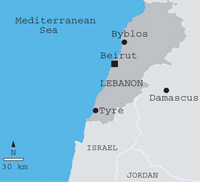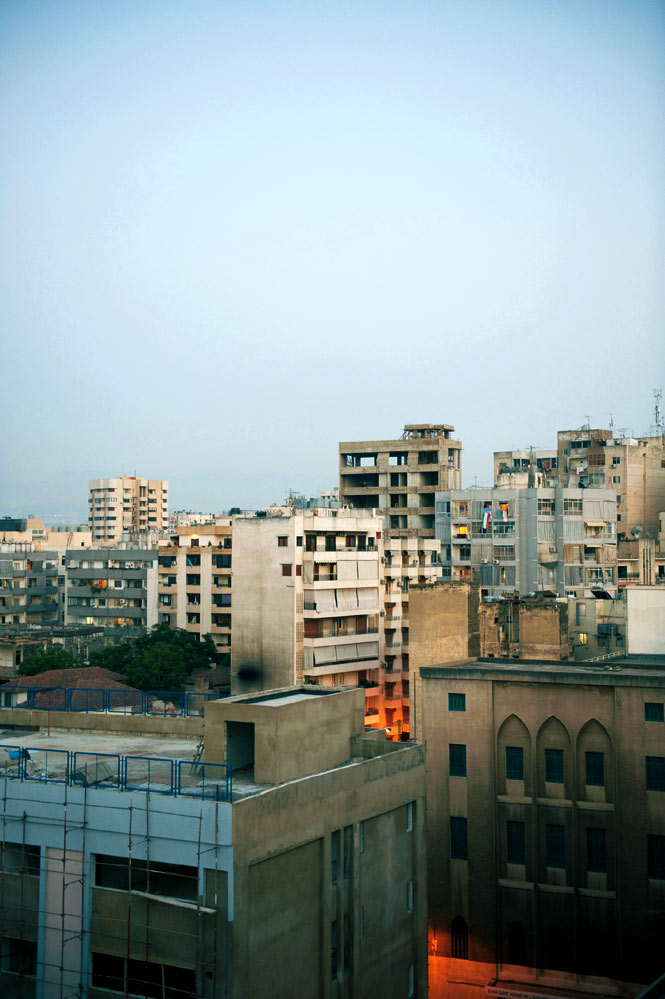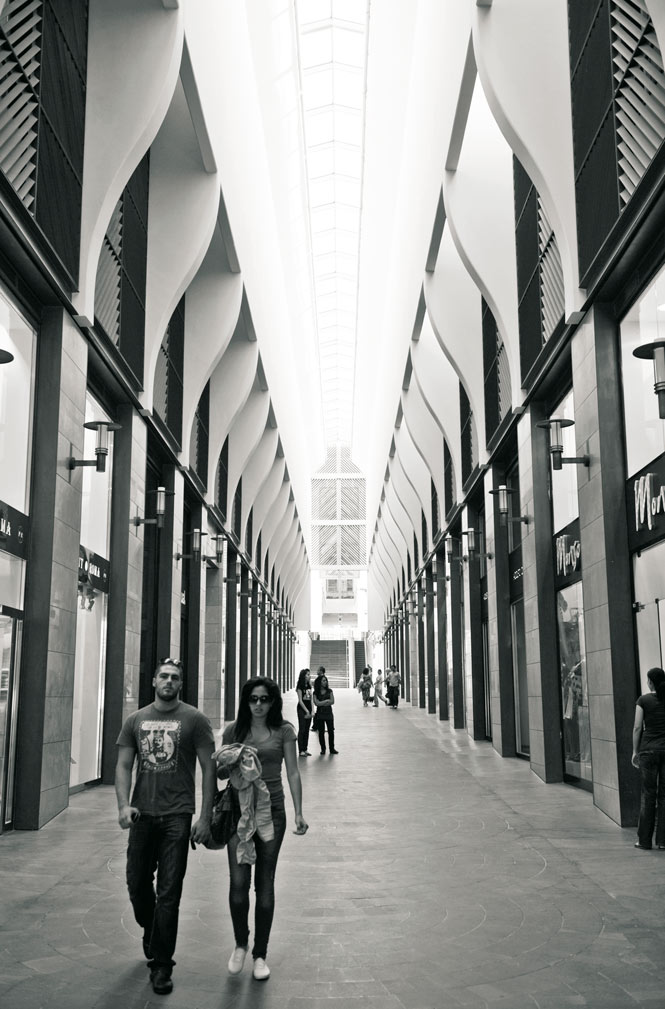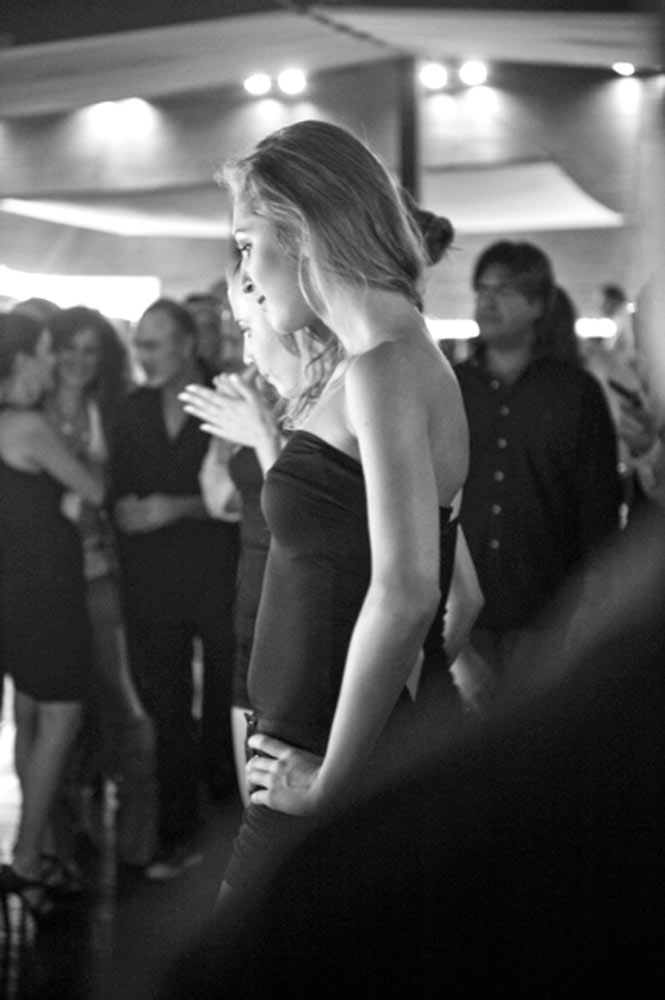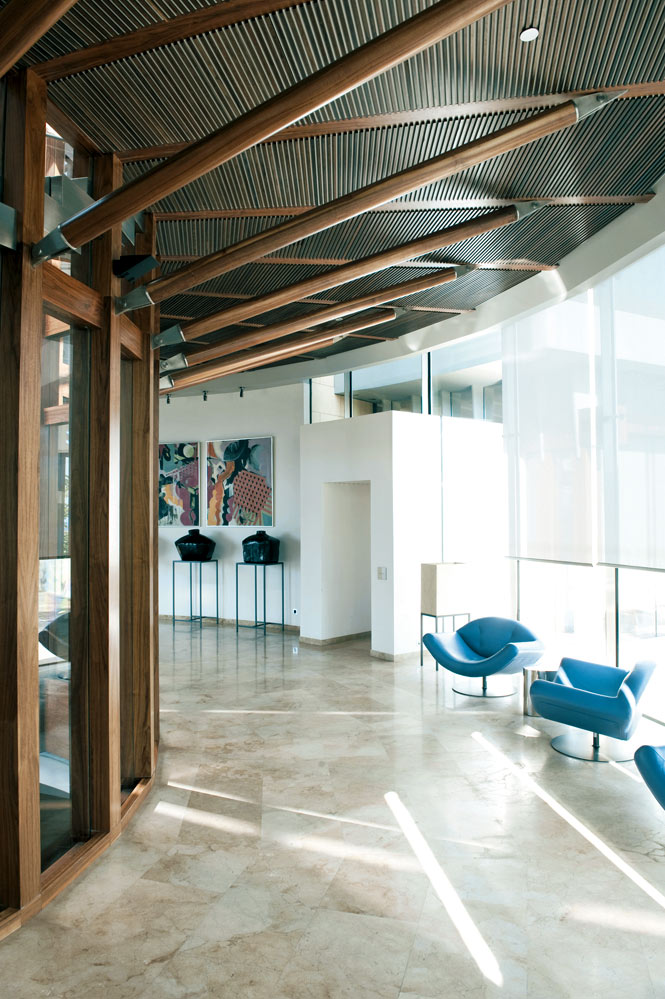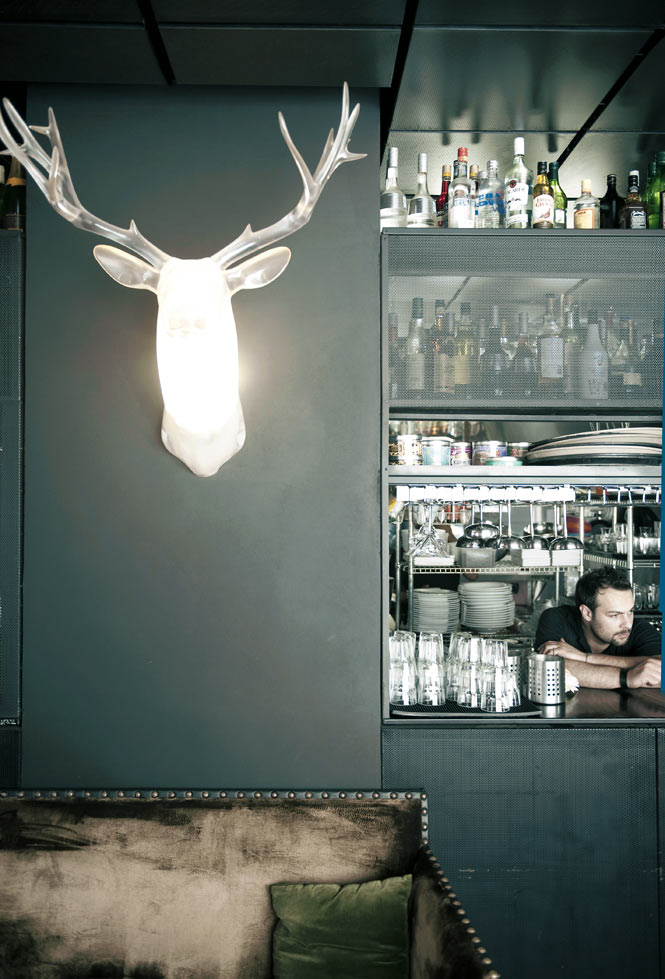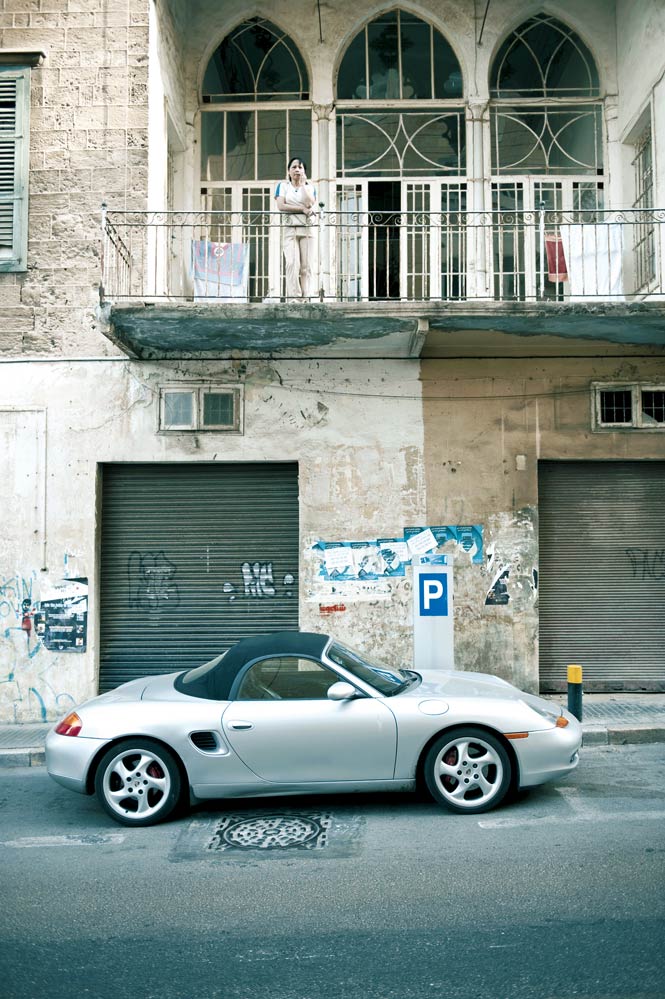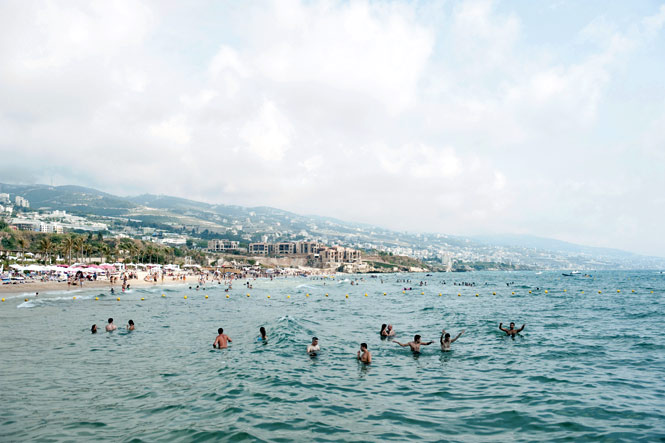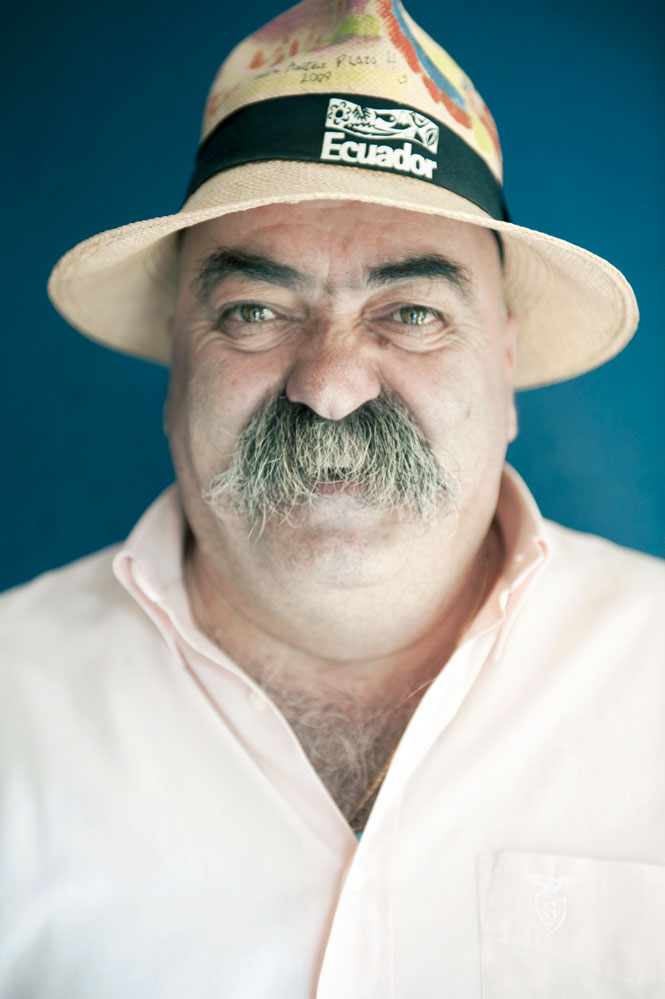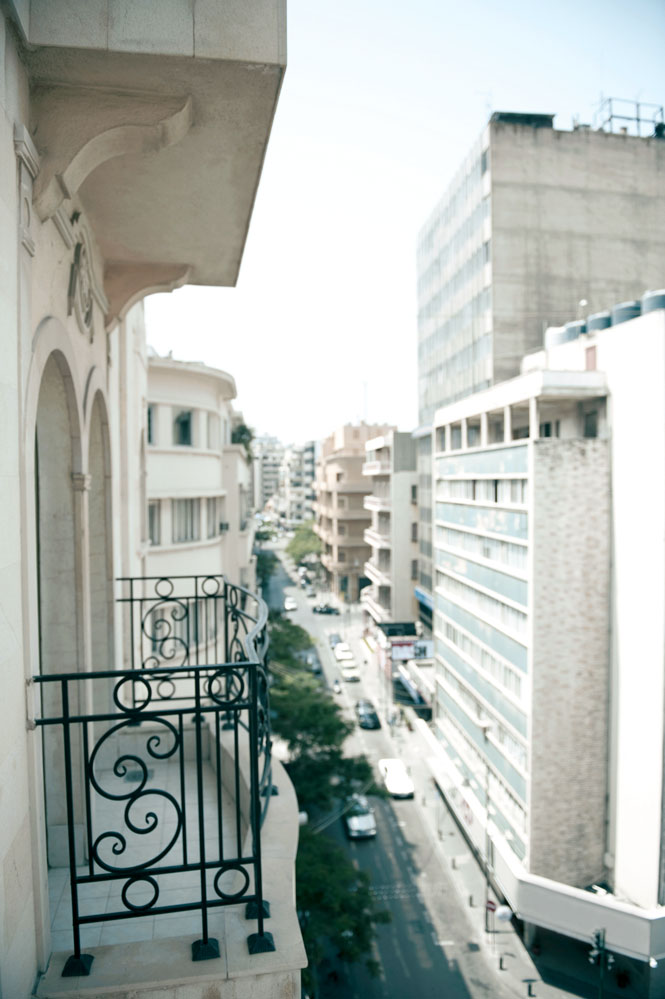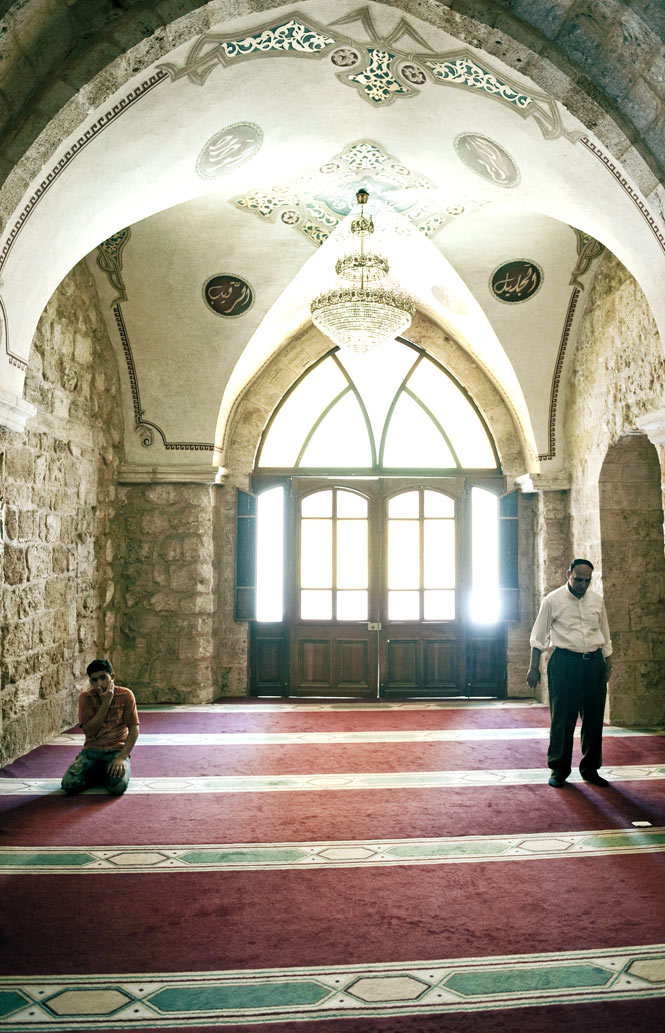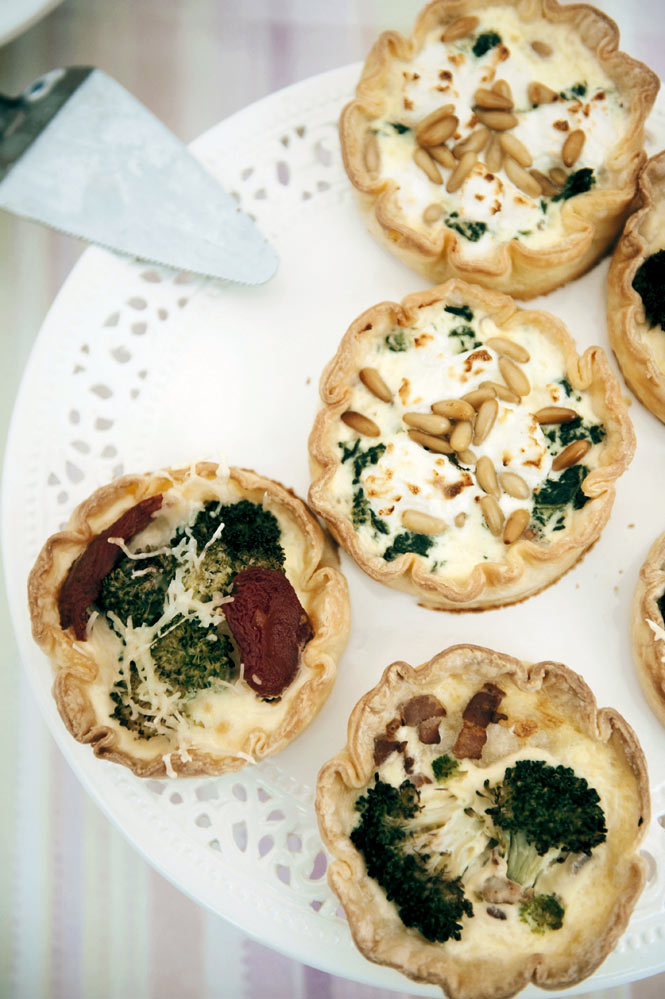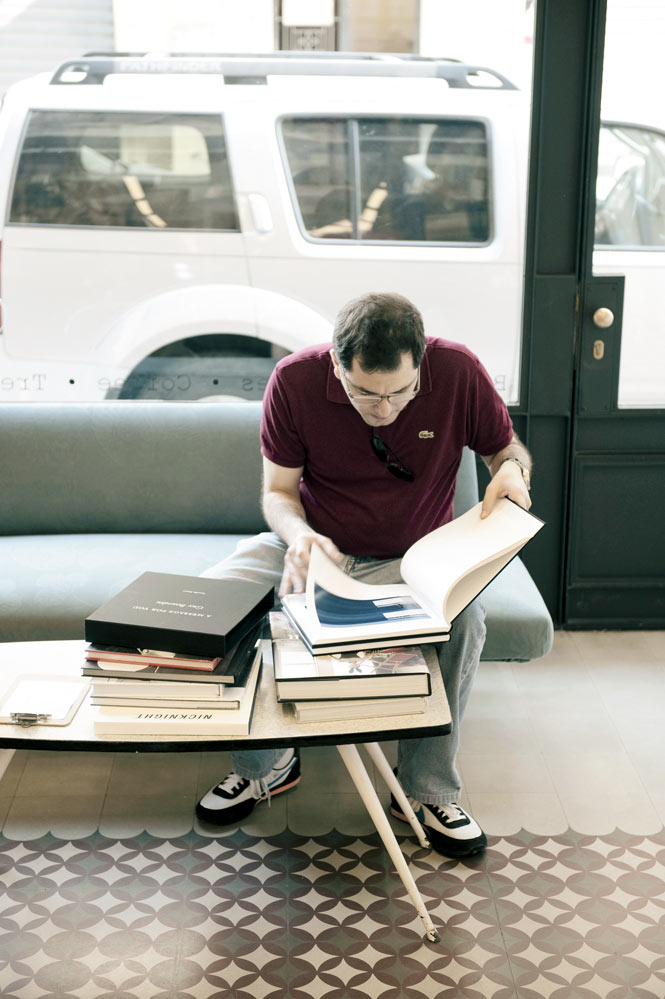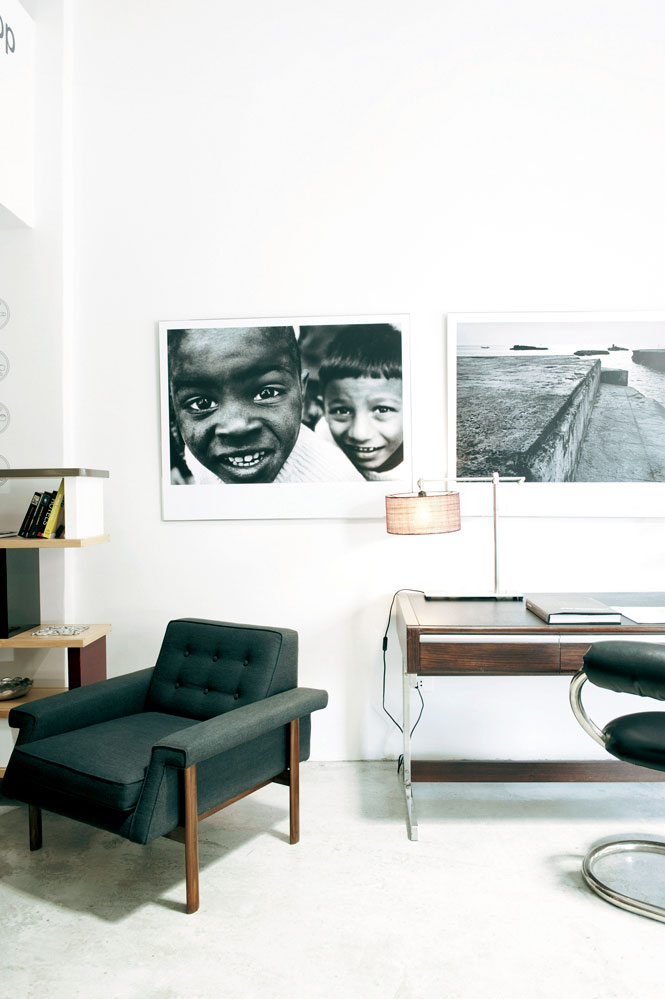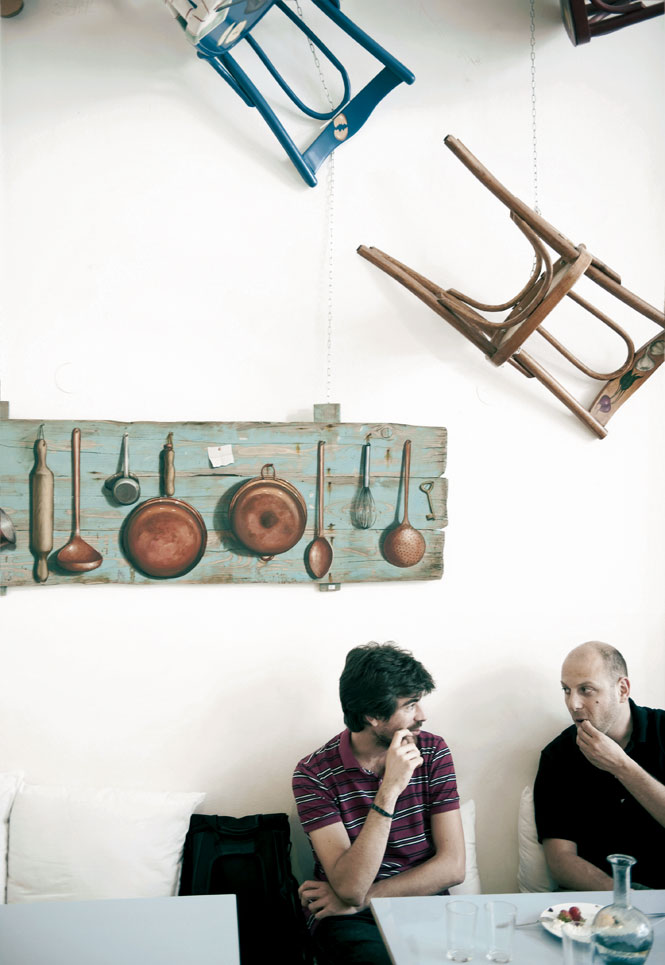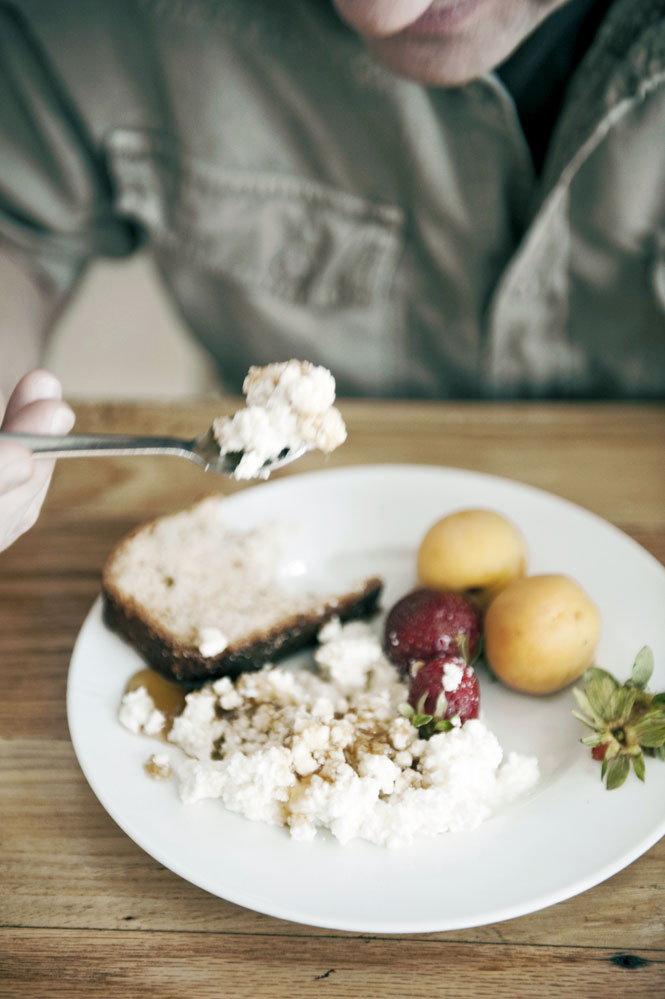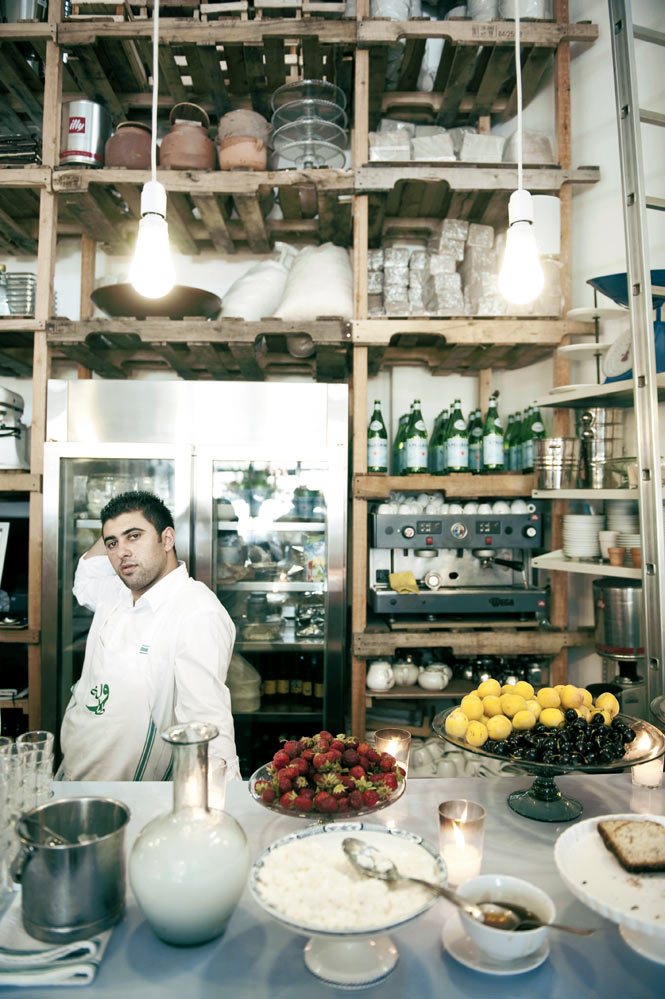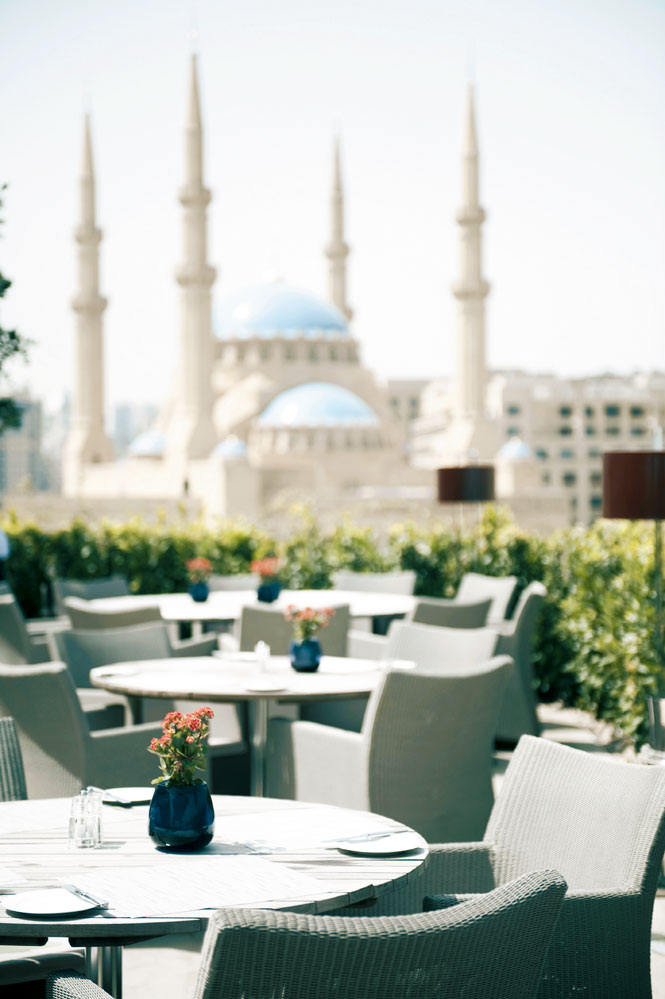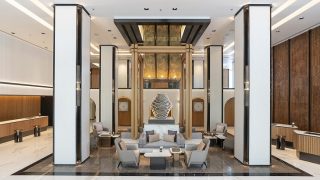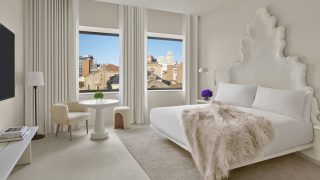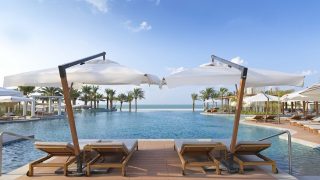Above: Cooling off near Byblos.
A city of multiple personalities and an unquenchable zest for life, Lebanon’s capital is emerging from its troubled past as the travel destination of the moment. Yet for all the new hotels, restaurants, boutiques, and building projects, it is Beirut’s eternal magic that enthralls the most
By Warren Singh-Bartlett
Photographs by Jason Michael Lang
My advice for visiting Beirut? Check your preconceptions at the door. I was reminded of this recently by two out-of-town photographers. The first, David, flying in from New York to shoot an architectural feature that I was writing, showed up nervously at the airport with a bushy, untrimmed beard of the kind you might see in an Al Qaeda video. Later, as we sat in a downtown café admiring our fellow patrons—flawlessly made-up women in skintight tops, clean-shaven men with slick-backed hair and Italian silk suits—I asked him about his unruly facial hair.
“So, is that the trend in New York these days?” “I grew it for this trip,” he confessed sheepishly, scratching at his chin. “I thought it might make me fit in.” “Yeah? And how’s that working for you?” The next day, the beard was gone.
The second photographer, a Spaniard named Alejandro, was also taken aback upon arriving in Beirut, though for quite a different reason: he deplaned into an arrivals hall filled with veiled women. They were waiting to greet a planeload of relatives from Senegal, home to a large and wealthy community of Lebanese Shiites. Alejandro had last visited Beirut in 2004, to document its sultry nightlife, and remembered a city that was anything but conservative.
“I don’t mean to sound like I’m criticizing. I know this is the Middle East,” he explained as I drove him to his hotel. “It’s just that Beirut reminds me so much of Spain, sometimes I forget it isn’t Europe.” If visitors are unsure of where they are, they’re in good company. Beirutis are always talking about how they don’t really know who they are either. In its 5,000 years of history, their city has been colonized by everyone from the Greeks and Romans to the Persians, the Arabs, the Crusaders, the Turks, and the French. Are they East? Are they West? Or are they somewhere else altogether? Is their city best embodied by the Parisian pretensions of Ashrafiye, or by the Ibizan beach culture of Jiye? Is it the American-campus vibe of the universities in Ras Beirut, or the Iranian-influenced chic of the southern suburbs? Is it the glittering new-old city center, with its mix of graceful Ottoman-era architecture and mushrooming glass towers, or is it the crumbling, cramped, chaotic, but atmospheric neighborhoods around it?
“Beirut is multiple,” is how Lebanese playwright Elie Karam puts it. “From the start, it’s always been open to the world. We’ve been part of so many different empires, and each has left its mark. We’re nourished by Eastern and Western ideas, so we allow ourselves to have many different identities.”
These days, in this part of the world, that multiplicity makes Beirut all but unique. The Lebanese capital is the last refuge of the cosmopolitan civilization that flourished around the eastern Mediterranean for thousands of years, linking Asia and Europe through trade, ideas, and temperament. It began with the Phoenicians, was strengthened by the Greeks and the Romans, and continued to exist in assorted forms all the way through the Arab and Crusader conquests and up until the end of the Ottoman Empire in the 1920s. The vast, basically borderless region that resulted was at times under the control of a single empire, at times ruled by several. This helps explain why for millennia, Beirut’s population—and, until a century ago, those of Istanbul, Alexandria, and Haifa, too—is so mixed, including Maronite Catholics, Greek Orthodox, Sunnis, Shiites, Jews, and a leavening of Armenians, Turkomans, and Kurds.
Such diversity isn’t unheard of in the Levant. Syria and Iraq both have as many different spiritual and ethnic communities. The difference is that in Lebanon, which is home to 18 officially recognized religious sects, everyone is a minority. So, unlike in Syria or Iraq, no single group has ever been able to dominate—at least, not for long. As a result, Beirutis aren’t accustomed to being told what to think, what to say, or what to wear. The balance between their communities may not always be stable, but over the centuries, the Lebanese have managed to forge a society that, within limits, allows everyone to live the way they please. You want to follow a conservative, pious lifestyle? You can. You want to dance until dawn and frolic half-naked in the surf? Ditto. And if no one is required to approve, no one is required to disapprove either.

